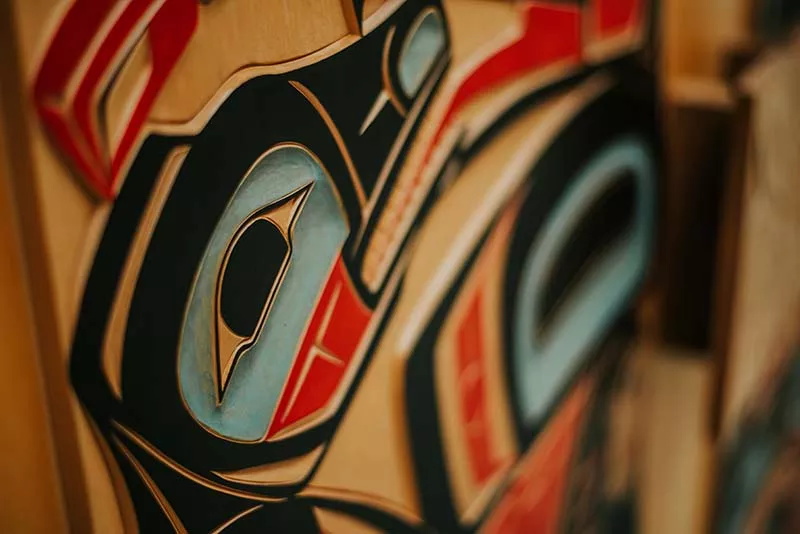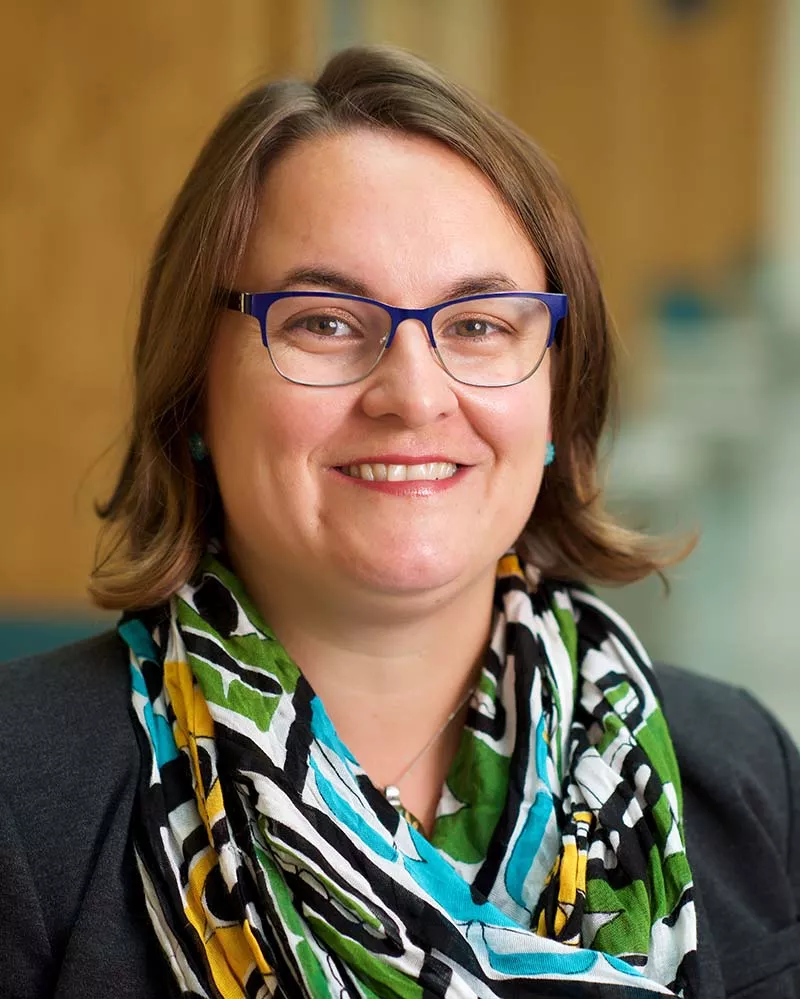Proposals requested for new Indigenous art at UNBC

The University of Northern British Columbia has a proud history of hosting Indigenous artwork from around the region, the province and further north. This is done in the interest of building bridges between cultures and in the spirit of reconciliation with our Indigenous neighbours.
“Indigenous art is about celebrating Indigenous peoples, cultures, and contributions,” says Zoë Meletis, a faculty member on several committees that have been pushing for a new prominent piece of Indigenous art at UNBC. “Having Indigenous art is an amazing source of knowledge, history, representation, and inspiration.”

Now, UNBC is seeking some new Indigenous art to display and welcome visitors to campus. A Request For Proposals has been created, seeking Indigenous, B.C.-based artists to create a permanent, public art installation for UNBC’s Prince George campus. The successful commission will become part of the University Artwork Collection and will complement the teaching and academic research needs of the University and the general public.
“For years now, various groups across the campus have been building this proposal. We want ongoing, contemporary engagements with Indigenous art to be part of the relationships, learning, and teaching that happens here,” Meletis explains. “Art is one way that we can keep learning about Indigenous skills, knowledge, cultures, and contributions. Investing in Indigenous art also allows our campus material culture to reflect ongoing efforts in community building.”
A total of $20,000 is available to the artist, or artist-led team, to cover all the costs of the creation, transport, and installation of the art project. The artwork can be traditional or contemporary, and range from different forms including painting, carving, statue, sculpture, interactive, performance, or digital art piece. Submissions are welcome from established or emerging artists. Further details are available in the RFP, available on UNBC’s Aboriginal Resource Dati page. ‘Dati’ means ‘doorway’ in Dakelh First Nation language.
“BC-based Indigenous artists at any stage of their career with any preferred medium can apply,” says Meletis. “The committee purposely did this to attract diverse proposals. We could get a new majestic piece along the lines of some of the more traditionally inspired works in the halls of UNBC, or we could soon be hosting a video performance, a large graffiti-style piece, or a pop-art influenced installation. Either way, it’s exciting that we will have a new piece of contemporary Indigenous art to appreciate, whether we’re showing a guest around campus, teaching a class gathered around it, or reflecting upon it with friends.”
“Indigenous art is not static,” explains Paneena Sara-Lynn Harding, an Indigenous artist and a Masters Candidate in Environmental Studies at UNBC. “It ranges from bead-work, clothing, sculpture, uses mixed-media, and can visually engage viewers to experience the life of the artist.”
Paneena Sara-Lynn is a Secwepemc member of the Esk’etemc First Nation community near Williams Lake, and she elaborates on the impact of showcasing the work of Indigenous artists.
“Indigenous peoples are highly adaptive and our artwork is a strong example of our adaptability, our resilience, our contributions to the societies who benefit from use and access of our traditional territories.”
Artists can apply with an easy online submission, and it’s free to register. For more information, visit UNBC’s Aboriginal Resource Dati page.